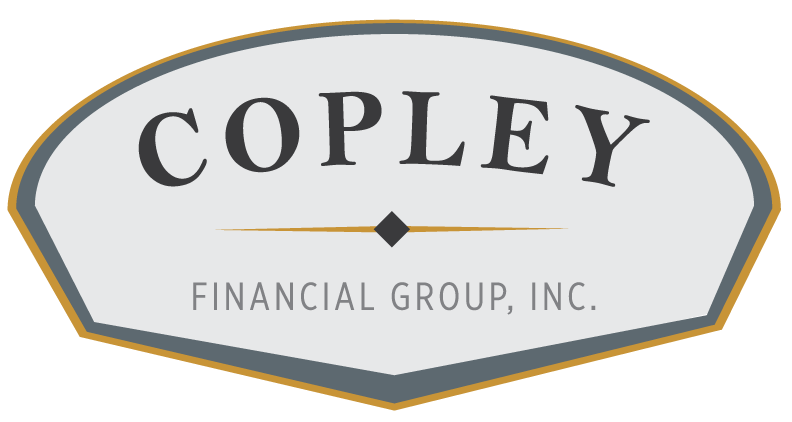How Would A Government Shutdown Affect Stock Prices?
In the past, at least, federal government shutdowns haven't always been particularly negative for equities.
The market detests the possibility of a federal government shutdown, which becomes more likely starting on October 1, but the S&P 500 has done very well when there have been shutdowns in the past.
It's likely due to its unusually bad timing if this wave of shutdowns appears especially unwanted. A few months ago, the incredible 2023 surge began to flag as investors became more concerned about a variety of issues, including rising oil costs, the future for global growth, and interest rates and bond yields. Though attitude has changed since the benchmark index reached its 2023 peak, the S&P 500 is still up more than 11% on a price basis so far this year.
In fact, since then, the S&P 500 has dropped by around 7%, and as Washington's weekend deadline approaches, the index is being affected by concerns over a government shutdown.
It is not ideal to add a possible government shutdown to the mix when markets were already having trouble in the month of October, which is traditionally the weakest month for stocks. It's unclear if equities can recover in time for a strong fourth-quarter rally. One could argue that a government shutdown is unlikely to improve the situation.
Fortunately for market investors, there has never been a terrible historical record for stocks during a government shutdown.
Since 1976, there have been 21 government shutdowns; however, according to Jeffrey Buchbinder, chief equities strategist at LPL Financial, just four of those shutdowns hampered operations for more than one business day. Buchbinder points out that it leaves us with just four "true" shutdowns, the last of which took place in late 2018 or early 2019.
Though it's difficult to recall now, during the 35-day 2018–2019 closure, the S&P 500 returned 10.3%. During October 2013's prolonged shutdown, stocks also performed admirably.
"Historically, markets were not materially impacted by a shutdown," Buchbinder asserts. "In 2013, for instance, the government was closed for sixteen days in the first half of October due to a standoff between the House and Senate over funding for the so-called Affordable Care Act. Although there were a few down days for the S&P 500, overall the equities market handled the political drama well, rising 3.1% over the course of those 16 days.
Data from Carson Group shows that, rather paradoxically, the S&P 500 increased 55% of the time during the 21 government shutdowns, yielding an average return of 0.3%. Better yet, the S&P 500 returned 12.7% on average over the course of a year after the shutdown ended, with gains occurring 86% of the time.
Although historical performance does not predict future outcomes, the track record for stocks during government shutdowns is almost positive. Following the end of the most recent federal government shutdown in 2019, the S&P 500 experienced an almost 24% return in the ensuing year. Many players in the market would most likely accept that arrangement once more.

